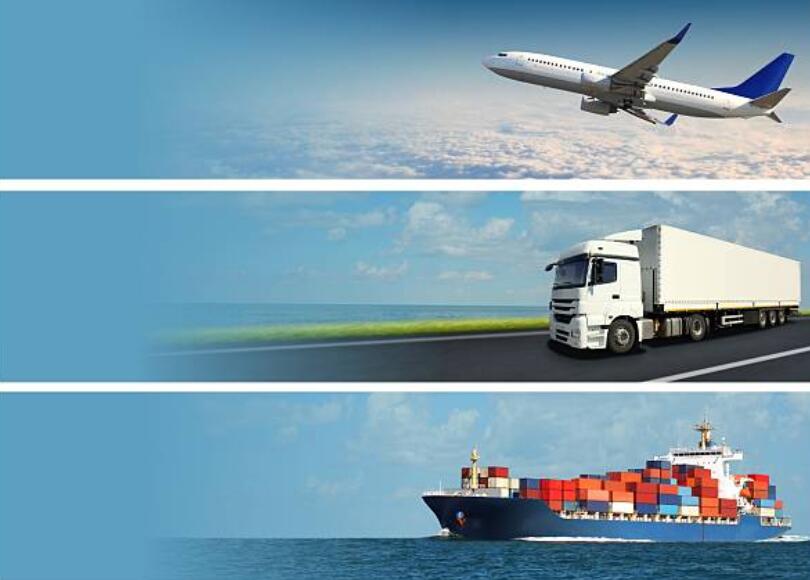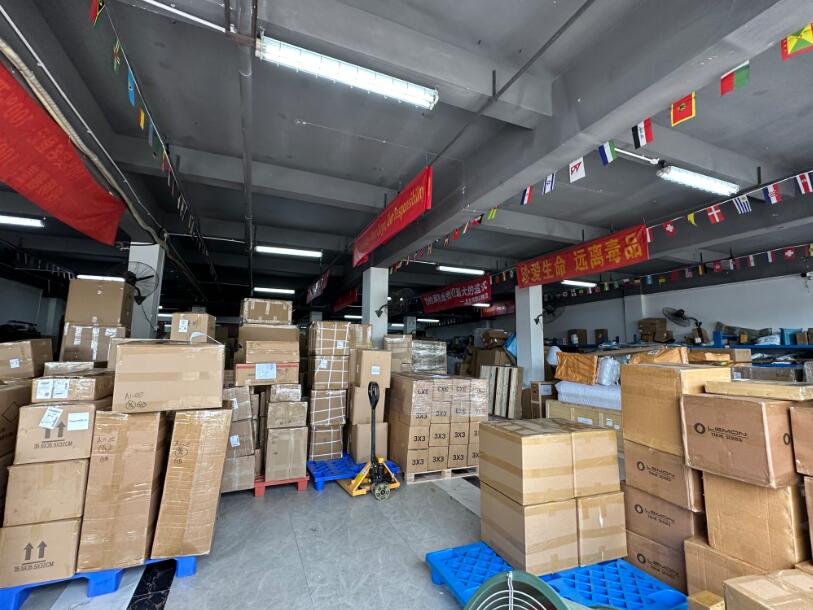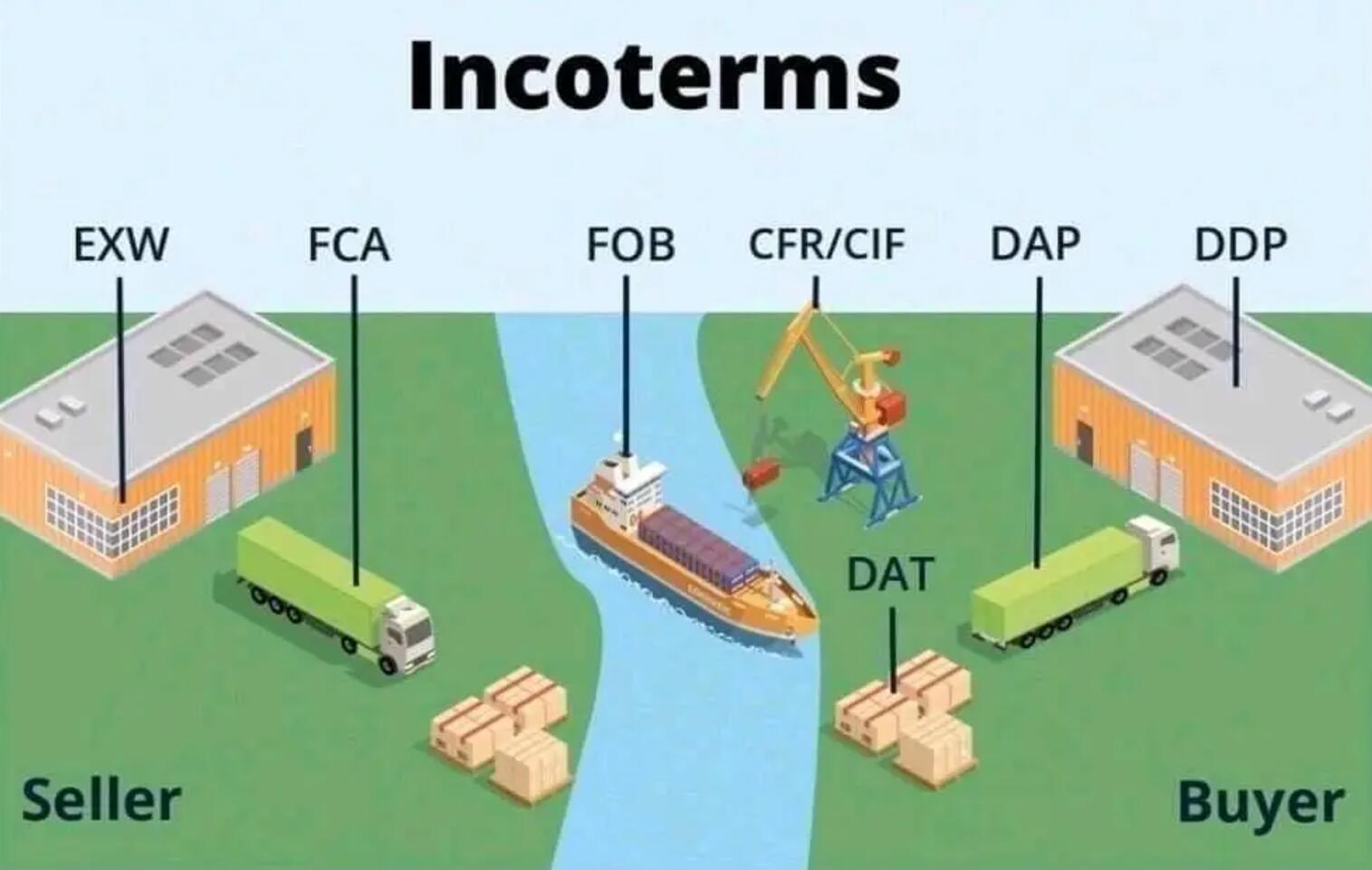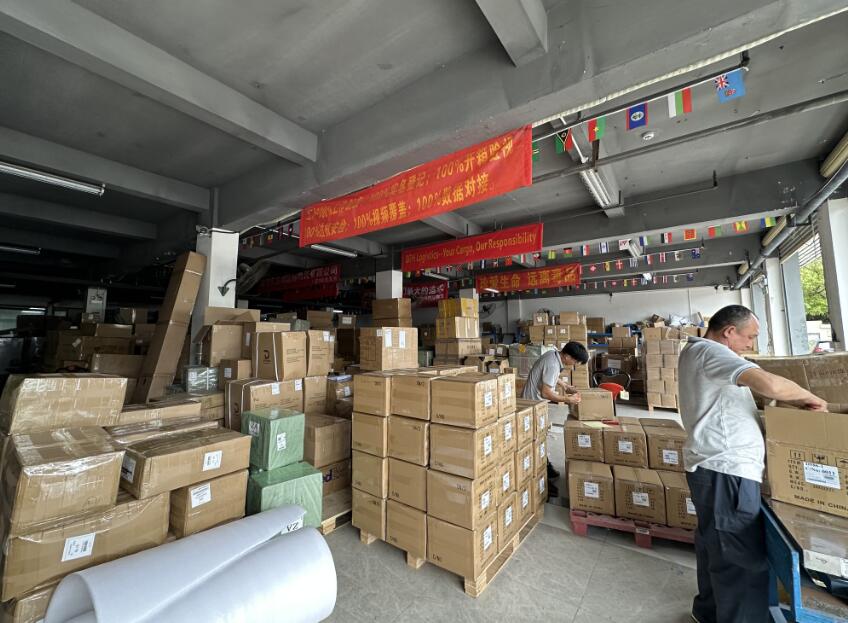For many small business owners, importing from China feels like walking a tightrope — the products are affordable, suppliers are ready, but the shipping cost often turns profits into losses. I’ve worked with thousands of entrepreneurs who started excited about their orders, only to be overwhelmed by unpredictable freight rates, customs delays, or surprise fees. They ask me the same question: “How can I ship from China without breaking my margins?”
To ship cost-effectively from China, small businesses should focus on seven key actions — choosing the right shipping method, consolidating shipments, optimizing packaging, using DDP or door-to-door terms, building long-term partnerships with reliable freight forwarders, planning ahead, and understanding customs and local fees.
These strategies, when combined properly, can reduce total logistics costs by 20–40% and make your supply chain predictable and profitable.
Choosing the Right Shipping Method

Selecting the most suitable shipping channel — air, sea, rail, or a multimodal route — can drastically impact both cost and delivery reliability.
Small businesses often make the mistake of defaulting to the fastest option (air or express), thinking it guarantees success. In reality, matching transport type to cargo characteristics is key:
Air Freight. suits high-value or time-sensitive goods (electronics, fashion items).
Sea Freight (FCL or LCL) is the most cost-effective for large, heavy, or non-urgent cargo. Full containers (FCL) offer better security, while less-than-container (LCL) options suit smaller loads.
Rail Freight is ideal for shipments from China to Europe — 40–60% faster than sea freight, yet cheaper than air.
Combined Shipping (e.g., sea + truck, sea + rail) provides flexibility between cost and timing.
Before booking, always compare door-to-door cost, not just port-to-port freight. Many “cheap” quotes hide inland delivery or clearance charges. At DFH Logistics, we provide side-by-side comparisons so importers can see the true landed cost before shipment.
Consolidate Shipments Strategically (LCL / Groupage)

Combining orders from multiple suppliers into one shipment significantly reduces per-unit cost and simplifies customs clearance.
Small importers often buy from several factories — say, textiles from Shaoxing and electronics from Shenzhen. Shipping separately multiplies pickup, export, and customs fees.
Instead, route all goods to one warehouse for consolidation.
At DFH Logistics, we offer 30 days of free warehousing in Shenzhen for precisely this purpose. We inspect goods upon arrival, photograph packages, and merge them into one optimized shipment. You pay for one export declaration, one clearance, and one delivery — cutting administrative and freight costs drastically.
To learn more about our consolidation and storage process, visit
Warehousing & Consolidation Services.
Optimize Packaging, Dimensions, and Weight
Reducing dimensional weight through smart packaging can save hundreds per shipment — especially for lightweight, bulky goods.
Freight rates are often based on volumetric weight (space taken) rather than real weight. That’s why optimizing packaging is critical.
Here’s what small businesses should do:
- Use sturdy but compact boxes to minimize air space.
- Eliminate unnecessary pallets when not required for safety.
- Combine multiple SKUs into shared cartons to reduce total handling volume.
- Replace foam or bubble wrap with modern, eco-friendly fillers to reduce volume.
We often help clients redesign packaging to lower dimensional charges — sometimes cutting 30–40% off freight bills.
For more tips on pre-shipment preparation, see
DFH Value-Added Services.
Use the Right Incoterms (Preferably DDP or Door-to-Door)

Using DDP (Delivered Duty Paid) shipping gives you an all-inclusive solution that covers freight, customs clearance, duties, and last-mile delivery — removing uncertainty and hidden charges.
For small businesses without import licenses or tax IDs, DDP shipping is the safest route. The forwarder handles export, customs, and delivery, while you pay a fixed rate upfront.
This avoids surprise local fees that can appear under FOB, CIF, or DAP terms.
DDP Shipping is our most recommended solution for small importers to the USA, UK, EU, and Australia.
If you’re comparing trade terms, this guide will help you choose wisely:
EXW vs FOB vs CIF vs DDP.
Build Long-Term Partnerships with Reliable Freight Forwarders

A long-term partnership with a trusted freight forwarder ensures lower rates, faster communication, and fewer logistical errors.
Many small importers switch forwarders often in search of lower prices, but this can backfire — resulting in miscommunication or lost cargo visibility.
A consistent relationship gives your partner the context to optimize every shipment. Over time, you’ll enjoy:
- Preferential contract rates
- Guaranteed space during peak season
- Simplified documentation
- Custom routing and packaging suggestions
- Direct support in both China and your destination country
Read this practical guide before selecting your next logistics partner:
How to Find a Reliable China Freight Forwarder for USA Imports.
Plan Ahead and Leverage Shipping Schedules
Planning shipments in advance and coordinating with sailing or flight schedules helps avoid high spot rates and urgent freight surcharges.
Most small businesses overpay simply because they book late. Peak seasons — like pre–Chinese New Year or the September export rush — can double freight prices.
By forecasting your orders and notifying your forwarder early, you can combine shipments and choose slower, cheaper routes.
Here’s how DFH clients save cost:
- Pre-book 1–3 weeks before production completes.
- Ship during off-peak months (March–May, July–August).
- Allow time flexibility to use hybrid modes like sea + rail.
For detailed cost-saving strategies, read
How to Reduce Shipping Costs: 15 Useful Tips You Should Know.
Understand Customs, Duties, and Local Fees at Destination

Knowing your product’s HS code, duty rate, and import documentation requirements avoids clearance delays and unexpected costs.
Each destination country enforces different customs procedures. Misclassified goods or missing certificates can result in long delays or fines.
Before shipping, ensure you:
- Confirm your product’s HS code and duty rate.
- Verify inspection or certificate requirements (e.g., CE, FDA, FCC).
- Clarify VAT or GST responsibilities early.
At DFH Logistics, our customs team calculates landed costs for every shipment and prepares all export/import paperwork upfront.
To prepare your documentation properly, refer to
Essential Documents When Importing from China.
Conclusion
Shipping from China doesn’t have to be intimidating — it’s all about knowledge, structure, and trustworthy partners. By consolidating orders, optimizing packaging, planning ahead, and using transparent DDP solutions, small businesses can save significantly and gain peace of mind.
At DFH Logistics, we’ve helped thousands of importers — from startup sellers to established wholesalers — ship from China more affordably and efficiently.
If you’d like a tailored shipping plan for your business, reach out today:
Contact DFH Logistics.
Further information you should know before pay to China Suppliers:




